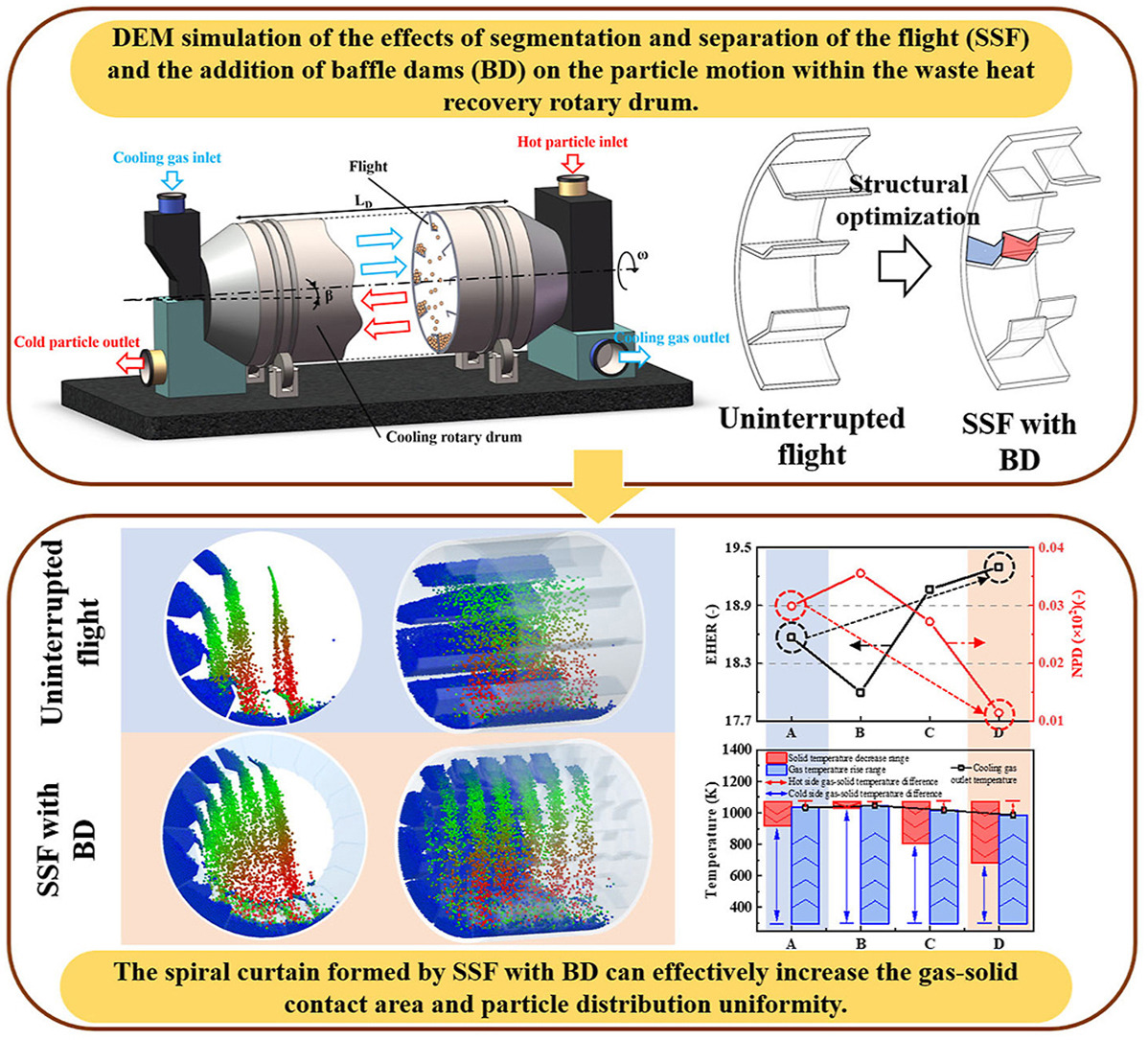- Volumes 96-107 (2025)
-
Volumes 84-95 (2024)
-
Volume 95
Pages 1-392 (December 2024)
-
Volume 94
Pages 1-400 (November 2024)
-
Volume 93
Pages 1-376 (October 2024)
-
Volume 92
Pages 1-316 (September 2024)
-
Volume 91
Pages 1-378 (August 2024)
-
Volume 90
Pages 1-580 (July 2024)
-
Volume 89
Pages 1-278 (June 2024)
-
Volume 88
Pages 1-350 (May 2024)
-
Volume 87
Pages 1-338 (April 2024)
-
Volume 86
Pages 1-312 (March 2024)
-
Volume 85
Pages 1-334 (February 2024)
-
Volume 84
Pages 1-308 (January 2024)
-
Volume 95
-
Volumes 72-83 (2023)
-
Volume 83
Pages 1-258 (December 2023)
-
Volume 82
Pages 1-204 (November 2023)
-
Volume 81
Pages 1-188 (October 2023)
-
Volume 80
Pages 1-202 (September 2023)
-
Volume 79
Pages 1-172 (August 2023)
-
Volume 78
Pages 1-146 (July 2023)
-
Volume 77
Pages 1-152 (June 2023)
-
Volume 76
Pages 1-176 (May 2023)
-
Volume 75
Pages 1-228 (April 2023)
-
Volume 74
Pages 1-200 (March 2023)
-
Volume 73
Pages 1-138 (February 2023)
-
Volume 72
Pages 1-144 (January 2023)
-
Volume 83
-
Volumes 60-71 (2022)
-
Volume 71
Pages 1-108 (December 2022)
-
Volume 70
Pages 1-106 (November 2022)
-
Volume 69
Pages 1-122 (October 2022)
-
Volume 68
Pages 1-124 (September 2022)
-
Volume 67
Pages 1-102 (August 2022)
-
Volume 66
Pages 1-112 (July 2022)
-
Volume 65
Pages 1-138 (June 2022)
-
Volume 64
Pages 1-186 (May 2022)
-
Volume 63
Pages 1-124 (April 2022)
-
Volume 62
Pages 1-104 (March 2022)
-
Volume 61
Pages 1-120 (February 2022)
-
Volume 60
Pages 1-124 (January 2022)
-
Volume 71
- Volumes 54-59 (2021)
- Volumes 48-53 (2020)
- Volumes 42-47 (2019)
- Volumes 36-41 (2018)
- Volumes 30-35 (2017)
- Volumes 24-29 (2016)
- Volumes 18-23 (2015)
- Volumes 12-17 (2014)
- Volume 11 (2013)
- Volume 10 (2012)
- Volume 9 (2011)
- Volume 8 (2010)
- Volume 7 (2009)
- Volume 6 (2008)
- Volume 5 (2007)
- Volume 4 (2006)
- Volume 3 (2005)
- Volume 2 (2004)
- Volume 1 (2003)
• Separated segmented flights with baffle dam were designed for rotary drum.
• Particle motion was analyzed for various flighted drums with DEM.
• Changes in axial velocity and curtain were demonstrated with long drum model.
• Segmentation and damming for flights can improve heat exchange and its uniformity.
In a waste heat recovery rotary drum with flights, particle lifting enhances gas-solid contact and introduces greater complexity to the particle motion. This study proposed strategies such as the segmentation and separation of flights (SSF) and the addition of baffle dams to establish a reasonable distribution of the particle curtain. A long drum model was developed, and DEM was employed to examine the effects of segment length, separation angle of flight, and position, height of baffle dam on particle motion and heat exchange capacity. The heat exchange efficiency of the system under the four special operating conditions was compared. The results showed that SSF enhanced the randomness of particle axial motion, while the development of the long drum model effectively identified the key factors influencing motion. The SSF formed a spiral-shaped particle curtain, exhibiting a high degree of particle distribution uniformity. The installation of the baffle dam enhanced the flight holding capacity and suppressed both transitional particle movement and backflow. With equivalent filling degree, compared to the uninterrupted flight, the SSF with bilateral baffle dam reduced the particle distribution non-uniformity by 61.72 %, while increasing the gas-solid contact area by 3.92 % and the bulk cooling temperature by 1.51 times.

